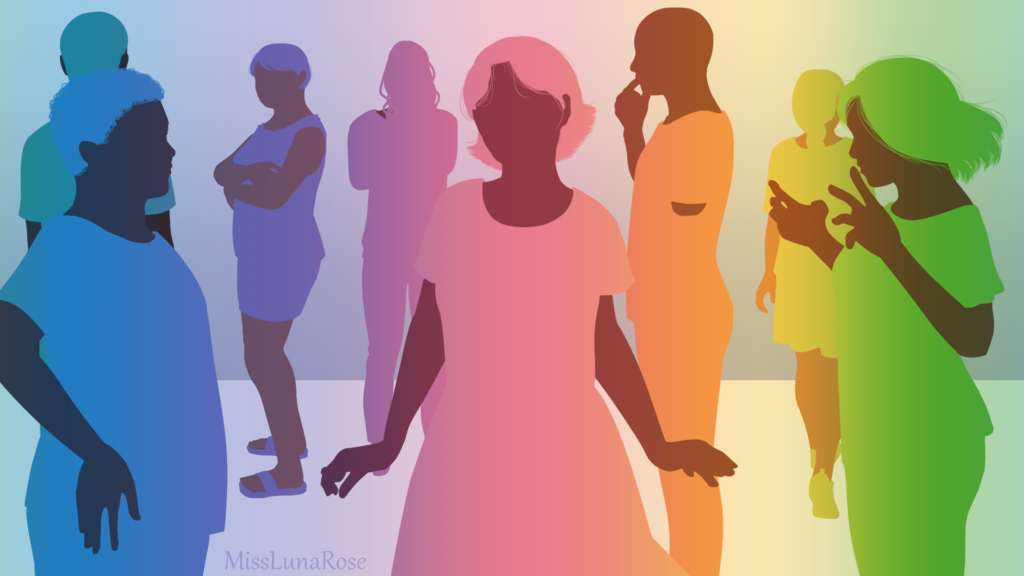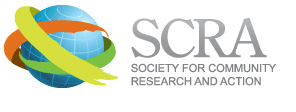Submitted by: Lauren Kleven, Briana Woods-Jaeger, Barbara Baquero, Rebecca Bucklin, Jason Daniel-Ulloa
Highlights
Critical Consciousness Theory and CBPR can help communities address health disparities.
────
The HEAL lab provides a support network and engages diverse stakeholders in critical reflection as they participate in research to advance health equity.
Social and economic injustice continue to widen health inequities in the United States despite decades of efforts to promote equity. It is critical for health professionals, educators and training programs, researchers, and community leaders to consider innovative ways to dismantle these inequities in ways that are co-created with impacted communities. Collaborating with the impacted community can help to identify community-defined problems and build on community strengths and resources to generate solutions that enhance usefulness, relevance, and benefits to the community. The HEAL model provides training programs with a framework and strategies to build capacity for health equity work at the institutional level for faculty, students, and community members.
To promote health equity, we must engage in activities that disrupt status quo systems and support social action that changes the political, structural, and environmental conditions that produce inequities. Our work highlights two important approaches to consider in public health education, training, and research: (1) critical consciousness and (2) community-based participatory research. The core components of critical consciousness include critical reflection, political efficacy, and social action which are necessary elements to transform systems. Community-based participatory research (CBPR) prioritizes community capacity like leadership, social networks, and shared power in order to build impactful and sustainable interdisciplinary partnerships.
Critical Consciousness Theory and CBPR provided the foundation for the Health Equity Advancement Lab (HEAL) that was created in 2012 at the University of Iowa College of Public Health. HEAL was developed by committed faculty of color who sought to support each other and increase the capacity of students and community partners to engage in health equity work. Since its founding, HEAL has evolved to include an intentional focus on student, staff, and faculty training opportunities (in addition to community capacity building) through a monthly journal club; an annual research conference (The Science of Health Equity Summit); the development of a HEAL-affiliated global health equity course in partnership with three other universities in Canada, Ecuador, and Lebanon; and specific practicum and training opportunities on HEAL-affiliated research projects.
How Did A Community Psychology Perspective Inform Your Work?
CBPR emphasizes co-designed and co-led collaborations with affected community members. In addition to Critical Consciousness Theory and CBPR, many aspects of HEAL and the affiliated research projects emphasize a socio-ecologically based Community Psychology framework.
Methods
The HEAL affiliated research projects included multiple studies that used a variety of methods. Our article provides an overview of one HEAL-affiliated project, Despierta a Tu Salud, that focused on promoting health equity through HPV vaccine access and health education for a Latinx community in rural Iowa. In order to identify community priorities and action steps, the following methods were used: (1) conducting informal interviews with key stakeholders; (2) implementing a photovoice project; (3) disseminating photovoice results and identifying social action priorities through a community forum; (4) enhancing community participation and political efficacy through the creation of a community coalition; (5) and engaging in community-prioritized social action that included enhancing HPV vaccine promotion in the community.
Results
- Critical reflection, political efficacy, and social action are critical components to disrupt systems that perpetuate health inequities.
- Critical consciousness and community-based participatory research principles offer a framework and strategies that can enhance systems change efforts within the local context and further ensure equitable partnerships.
- The benefits of HEAL as a facilitating structure and transformative learning opportunity comes with costs including funding necessary infrastructure to navigate historical issues and the lack of representation among students, faculty, and community members of color.
What Does This Mean For?
Research and Evaluation: Our description of HEAL and the accompanying case study provide an example of ways in which innovative research and evaluation can take place in partnership with diverse communities. This example highlights how data collection, interpretation, and dissemination can be collaboratively pursued by community-academic partnerships which can meet dual goals of advancing research and creating social change.
Practice: We encourage stakeholders and practitioners to utilize similar methods to build power and capacity within communities towards sustainable social change for health equity. In addition, the components of HEAL have the potential to enhance health professional training, further building capacity and confidence in future community, practice, and research leaders to promote social action.
Original Citation: Woods-Jaeger, B., Daniel-Ulloa, J., Kleven, L., Bucklin, R., Maldonado, A., Gilbert, P. A., Parker, E. A., & Baquero, B. (2020). Building Leadership, Capacity, and Power to Advance Health Equity and Justice through Community-Engaged Research in the Midwest. American Journal of Community Psychology, 10.1002/ajcp.12462. Advance online publication. https://doi.org/10.1002/ajcp.12462.



